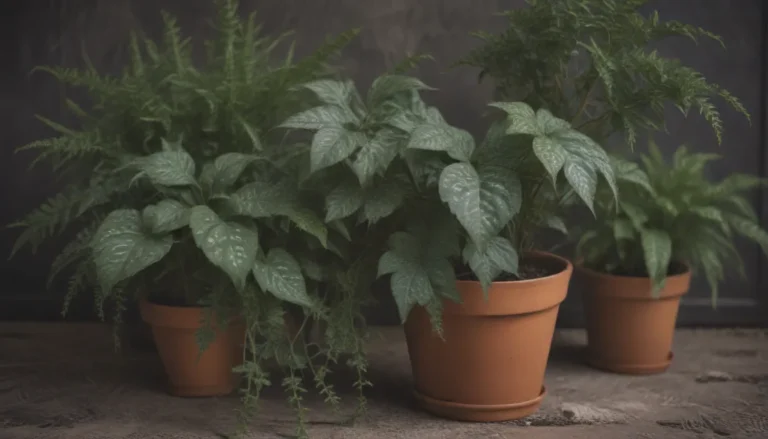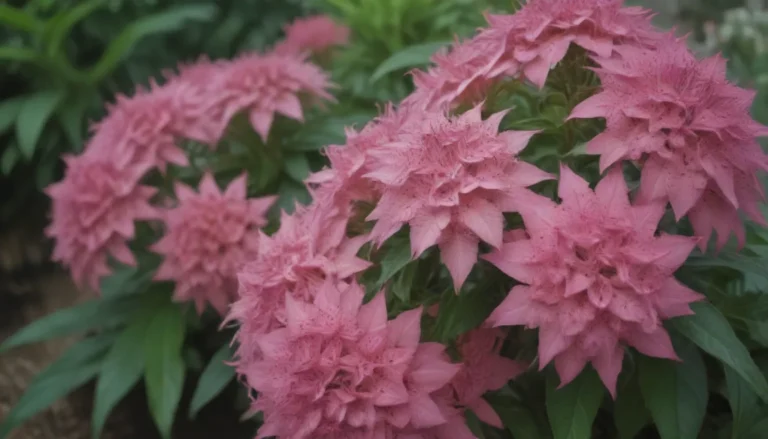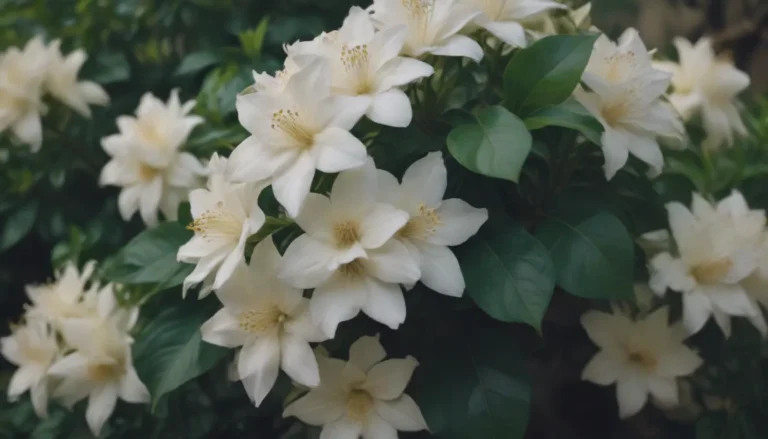Mastering the Art of Growing and Caring for Silver Squill: A Comprehensive Guide

If you’re looking for a resilient and attractive houseplant that adds a touch of color to your indoor space, look no further than the silver squill. This small yet tough perennial originates from the dry savannas of South Africa, where it thrives in arid conditions. With its silvery, lance-shaped leaves adorned with green leopard spots and purple undersides, the silver squill is a visually striking addition to any plant collection.
In addition to being a charming houseplant, the silver squill can also be grown outdoors in warmer climates as a groundcover or in xeriscape gardens. Its ability to store moisture in its stems during droughts makes it a low-maintenance option for gardeners looking to add some visual interest to their landscape.
Planting and Growing Tips for Silver Squill:
When it comes to cultivating silver squill, here are some key tips to keep in mind:
- Planting: Spring is the ideal time to plant silver squill to take advantage of its summer growing season. Make sure to choose a location that receives bright indirect sunlight for at least three to four hours a day.
- Watering: Once established, silver squill requires minimal watering and is considered drought-tolerant. Water sparingly and allow the top inch of soil to dry out between waterings, especially during the plant’s winter rest period.
- Soil: Silver squill thrives in humus-rich, sandy soil with good drainage. A pH range between 6 and 8 is ideal for optimal growth.
- Temperature and Humidity: Silver squill can withstand temperatures as low as 30 degrees Fahrenheit, making it a hardy choice for outdoor gardens. It does best in low to average humidity levels.
- Fertilizing: During the spring and summer growing season, apply a balanced liquid fertilizer every two months for in-ground plants and monthly for container plants.
Types of Silver Squill Cultivars to Explore:
While there is no official classification system for silver squill cultivars, here are some commonly used names for different varieties:
- Ledebouria socialis ‘Juda’
- Ledebouria socialis ‘Miner’ (‘Minor’)
- Ledebouria socialis ‘Paucifolia’
- Ledebouria socialis ‘Violacea’
Pruning and Propagating Silver Squill:
- Pruning: Keep your silver squill tidy by removing yellow or dead leaves as needed. Minimal pruning is required for this low-maintenance plant.
- Propagating: To propagate silver squill, divide the bulb-clusters rather than relying on seed germination. This method ensures a higher success rate and faster growth.
Potting and Repotting Guide for Silver Squill:
- Potting Soil: Opt for a well-draining potting mix or succulent and cactus blend when potting silver squill. Choose containers with adequate drainage holes to prevent waterlogged soil.
- Repotting: As the bulbs multiply over time, the plant may become crowded in its current pot. When this happens, repot the plant in a larger container or separate some bulbs to start new plants.
Overwintering and Common Pests/Diseases:
- Overwintering: In colder climates where temperatures drop below 30 degrees Fahrenheit, bring your silver squill indoors for the winter. Keep it in a bright location with limited water to prevent the soil from fully drying out.
- Pest and Disease Control: While generally resilient, silver squill can be susceptible to pests like mealybugs, aphids, and spider mites, as well as diseases such as root rot and powdery mildew. Keep an eye out for signs of infestation and treat promptly.
Troubleshooting Tips for Blooming and Common Problems:
- Promoting Blooms: To encourage silver squill to bloom, ensure it goes through a dry and slightly cooler dormancy period during the winter. Adjust your watering schedule accordingly to stimulate flowering.
- Common Issues: Curled leaves with brown edges may indicate that the plant is receiving too much direct sunlight and insufficient water. Avoid harsh sunlight exposure and ensure adequate hydration for healthy growth.
In conclusion, mastering the art of growing and caring for silver squill is a rewarding experience for both novice and seasoned gardeners. With its striking foliage, low-maintenance nature, and versatility in different growing conditions, this perennial plant is a valuable addition to any indoor or outdoor garden. By following these tips and guidelines, you can cultivate a thriving silver squill that brings beauty and charm to your living space.





